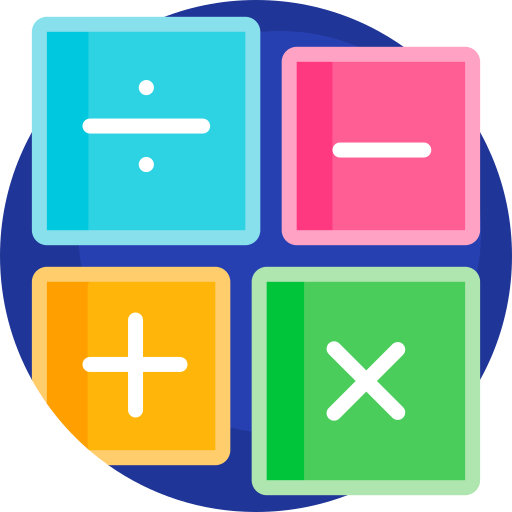Are you looking for the Chemistry class 12 Notes for the Federal Board? You have come to the right place. It has become a bit difficult for the candidate of the Federal Board to access its acquired notes for chemistry as it has been changed since an year back.
Though the book that has now been introduced is very attractive and much more clear to be studied yet it has a variety of newly revealed topics. Taking participation in the solution of such a problem being faced by our second year Federal Board candidates we have brought a reliable source of notes and guides for Chemistry part II. You will be able to approach all the chapters just the way they are aligned in your textbook, to make you feel it relatable and to save our respective viewers time.
All Subjects 12th Class Notes in One Place

Chapter 13 – S And P Block Elements
This Chapter 13 notes have:
- Recognize the demarcation of periodic table into s block, p block, d block
- A periodic table organizes known chemical elements by their atomic structure. Each element is identified by its atomic number, which is equal to the number of protons in its nucleus. In order for atoms to have an electric charge, they must either have an excess or deficit of protons.
- The s,p,d blocks on the periodic table group elements into elemental families based on how their outermost electron clouds fill up. S block is on the left side of the table and contains elements that are primarily metals with one electron in their outermost shell. The p block is in the middle of the table and contains nonmetals that contain six electrons in their outermost shell. The d block contains metals with 10 electrons in their outermost shell. The f block contains elements that are radioactive or synthetic and do not exist in nature.
- The s block is a group of chemical elements in the periodic table that shared similar electron configurations in their outermost shells.
- The p block is a group of chemical elements in the periodic table that shared similar electron configurations in their outermost shells.
- The d-block is a group of chemical elements in the periodic table that shared similar electron configurations in their outermost shells.
- Describe how physical properties like atomic radius like ionization
- Describe reactions of period 3 elements with water oxygen and chlorine
- Content: Short and Long Answers | Solved Exercises | MCQs
Chapter 14 – D And F Block Elements
This Chapter 14 notes have:
- Why d block elements are called transition elements?
- Why is Zn-group included in transition elements?
- Position of d-block in periodic table?
- Content: Short and Long Answers | Solved Exercises | MCQs
Chapter 15 – Organic Compounds
This Chapter 15 notes have:
- What are main source of organic compounds
- Write a detail note on coal
- What are different uses of organic compounds
- Content: Short and Long Answers | Solved Exercises | MCQs
Chapter 16- Hydrocarbons
This Chapter 16 notes have:
- Define and explain different type of hydrocarbons
- Give physical properties of Alkanes
- What is relative stability and reactivity
- Content: Short and Long Answers | Solved Exercises | MCQs
Chapter 17- Alkyl And Halides And Amines
This Chapter 17 notes have:
- What are alkyl halides?
- Give physical properties of alkyl halides
- Give preparation of alkyl halides
- Content: Short and Long Answers | Solved Exercises | MCQs
Chapter 18 – Alcohol, Phenols And Ethers
This Chapter 18 notes have:
- what are alcohols?
- Give Nomenculture of alcohol
- Why alcohol readily dissolve in water
- Content: Short and Long Answers | Solved Exercises | MCQs
Chapter 19 – Aldehydes And Ketones
This Chapter 1 notes have:
- What are aldehydes and ketones
- Give nomenclature of aldehydes and ketones
- Give physical properties of aldehydes and ketones
- Content: Short and Long Answers | Solved Exercises | MCQs
Chapter 20- Carboxcylic Acids And Functional Derivatives
This Chapter 20 notes have:
- What Carboxcylic are?
- Give different methods of nomenclature of carboxcylic acids?
- What are different of carboxcylic acids?
- Content: Short and Long Answers | Solved Exercises | MCQs
Chapter 21 – Biochemistry
This Chapter 21 notes have:
- What is biochemistry?
- What are carbohydrates?
- Function of carbohydrates
- Content: Short and Long Answers | Solved Exercises | MCQs
Chapter 22 – Industrial Chemistry
This Chapter 22 notes have:
- Detail note on safety management
- What are dyes
- Give classification of dyes
- Content: Short and Long Answers | Solved Exercises | MCQs
Chapter 23 – Environmental Chemistry
This Chapter 23 notes have:
- What are different components of environment
- Write a note on chemistry of troposphere
- Give chemistry of photo-chemical smog?
- Content: Short and Long Answers | Solved Exercises | MCQs
Chapter 24 -Analytical Chemistry
This Chapter 24 notes have:
- What is analytical chemistry?
- What are different modern method of analysis?
- How visible and ultraviolet spectroscopy functions
- Content: Short and Long Answers | Solved Exercises | MCQs










